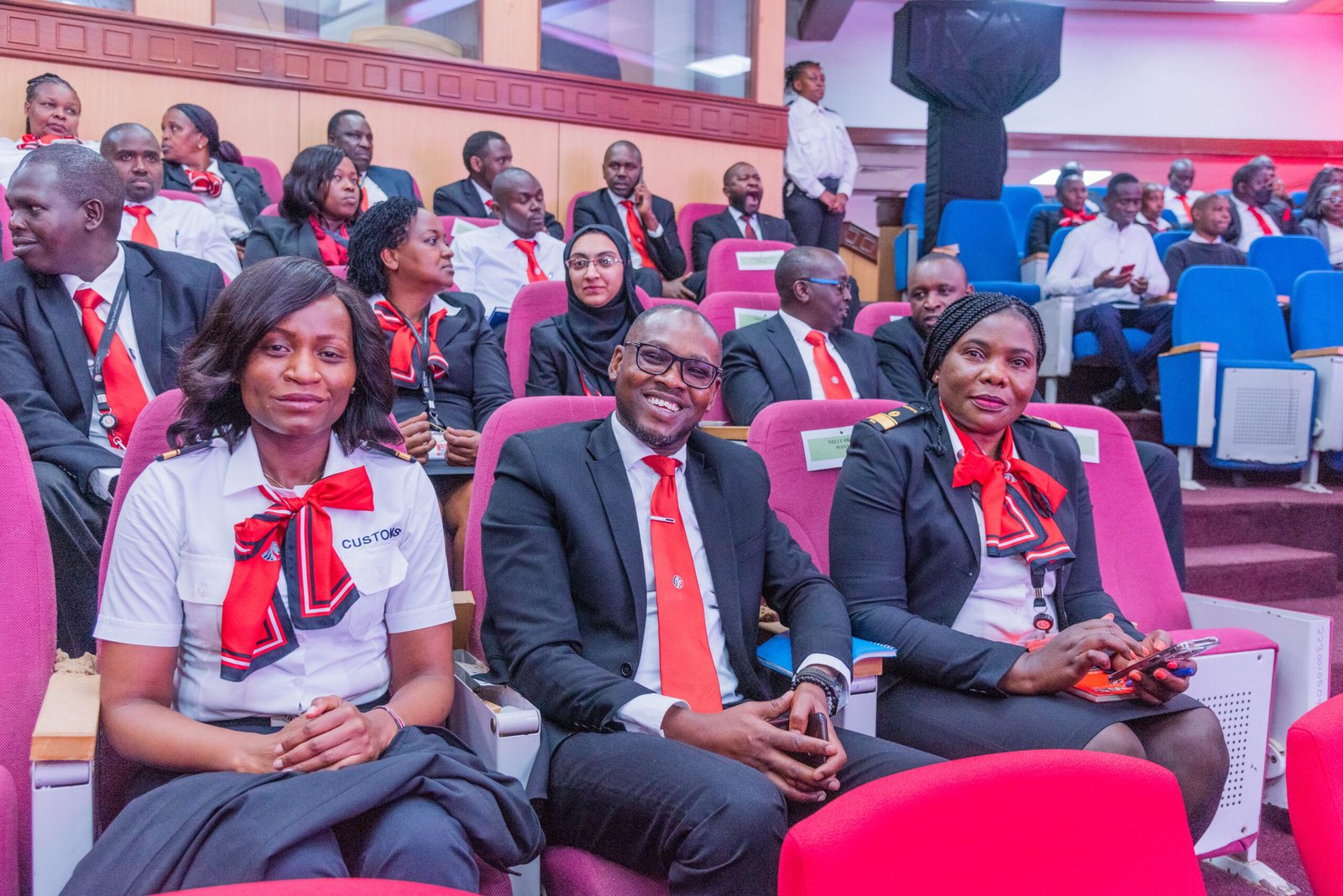Kenya’s customs officials have enabled the Kenya Revenue Authority (KRA) to surpass its revenue target by enabling “legitimate trade without hindrances” and preventing threats posed by organized crime, smugglers, fraudsters, terrorists, and even goods that could endanger the citizenry.
KRA surpassed its revenue target after collection in the financial year (FY) 2021-2022 hit Sh2.031 trillion. During the same period, customs and border control also collected Sh728.530 billion surpassing a target of Sh702.823 billion, which is a growth of 16.6%, and a surplus collection of Sh25.707 billion.
“Customs and border control has continued with the good trend in the first half of the financial year 2022-2023… the department surpassed its half-year target and collected Sh387.726 billion against a target of Sh381.643 billion. We must therefore commend our officers for their dedication and brilliant work,” Commissioner General of KRA, Gathii Mburu, said at Times Tower during the annual International Customs Day on Thursday, 26, 2023.

Mr. Mburu said that customs day is set aside to commemorate and appreciate customs administrations globally – it is a day designated to honour the customs officials and agencies for their role in ensuring that global trade management is efficient, safe, and secure.
The commissioner disclosed that Government is currently scaling up revenue collection efforts by KRA to Sh3.0 trillion in the FY 2023/24 and Sh4.0 trillion over the medium term.
“We don’t even ask for a shilling. We only ask for what you owe the government, and we will ensure that you pay (taxes) with a smile,” Mr. Mburu said.
The improved revenue collection comes as technology has enhanced the customs operations’ effectiveness, consequently improving the national revenue. Currently, KRA has automated all its core customs business processes through the “iCMS platform,” which the commissioner said has the potential to transform customs procedures.
Time taken to clear air cargo has also reduced from an average of 6 days to 48 hours (two days), a 66% improvement in clearance turnaround time which has also reduced losses by traders and drastically reduced customer complaints.
As outlined in the 2023 draft budget statement policy, the commissioner added that one of the strategies aimed at enhancing revenue collection is leveraging technology and enhanced data analytics by customs and border control.
The tax man embraces technology such as cargo x-ray scanners and nonintrusive scanners, Regional Electronic Cargo Tracking System (RECTS), pre-arrival clearance, authorized economic operators (AEO’s), one-stop border posts, single customs territory (SCT), and smart gates.
RECTS, for example, has played a vital role in reducing the diversion of transit goods, including motor vehicles and other goods, into the local market, unlike in the past when the vice was rampant and local industries encountered unfair competition. At one time, there was a lot of congestion at the Mombasa port – the system has helped cut transit time by more than 75 percent, boosting trade.
“We are nurturing the next generation of customs officials and focusing on knowledge sharing and professional pride in customs. We also want to get the professional side of those officers,” World Customs Organizations director, East, and Southern Africa, Larry Liza, said.


